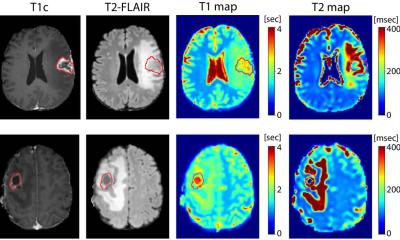Cardiorespiratory fitness contributes to successful brain aging
Cardiorespiratory fitness may positively impact the structure of white matter in the brains of older adults. These results suggest that exercise could be prescribed to lessen age-related declines in brain structure. The researchers together with Scott Hayes compared younger adults (age 18-31) to older adults (age 55-82).

The findings, which appear online in the Annals of Clinical and Translational Neurology, are the first to show a relationship between fitness and brain structure in older adults, but not younger adults.
The researchers compared younger adults (age 18-31) to older adults (age 55-82). All participants had MRIs taken of their brains and their cardiorespiratory (heart and lung) fitness was measured while they exercised on a treadmill. The researchers found cardiorespiratory fitness was positively linked to the structural integrity of white matter fiber bundles in the brain in the older adults, while no such association was observed in younger adults.
"We found that higher levels of cardiorespiratory fitness were associated with enhanced brain structure in older adults," explained corresponding author Scott Hayes, PhD, assistant professor of psychiatry at Boston University School of Medicine and the associate director of the Neuroimaging Research for Veterans Center at the VA Boston Healthcare System. "We found that physical activities that enhance cardiorespiratory fitness, such as walking, are inexpensive, accessible and could potentially improve quality of life by delaying cognitive decline and prolonging independent function," he added.
According to the researchers these results provide evidence of a positive association between fitness and brain structure in older adults. "We hope this study provides additional motivation for older adults to increase their levels of physical activity, which positively impacts health, mood, cognition and the brain." They caution that additional research is needed to track changes in fitness and brain structure over time, as well as clarify the impact of specific exercise programs (such as strength, aerobic or combined training) or dose of exercise (frequency, intensity, duration) on white matter microstructure.
Source: Boston University Medical Center
30.04.2015





